With skilled workers in high demand, trade and career schools are playing a more prominent role in higher education. But to grow enrollment and stay compliant with career and trade schools’ unique reporting requirements, schools need an easy and efficient way to maintain career placement data on graduates.
Career placement data is required for federal reporting requirements, but it’s also helpful for marketing, admissions and recruiting teams.
A student information system helps career and trade schools collect and better manage career placement data so schools can stay compliant, streamline reporting and stay engaged with alumni to nurture future growth.
In this post, we will cover:
The Career and Trade School Landscape
While post-secondary enrollment overall is still experiencing declines, two-year college skilled trades program enrollment saw notable growth according to the latest enrollment data from National Education Clearinghouse.
Source: National Education Clearinghouse, 2022.
Four Reasons to Maintain Updated Career Placement Data
There’s no better advertisement for your school than when a graduate finds a job and builds a successful career. Your alumni play a pivotal role in helping to recruit the next generation of students.
To grow enrollment, add new programs, and maintain accreditations and certifications, schools must keep track of career placement data, which is required by the federal government and professional organizations.
To accomplish that, you need to know where your alumni are and what they’re doing after graduation. An integrated SIS makes it easier for everyone to keep track of graduates, with the benefits realized across departments.
1. Attract Prospective Students
Before a prospect enrolls in a trade or career school program, they’ll want to see your school’s career placement stats. If you can show that alumni have good-paying jobs after leaving your school, it can help sway those prospects.
Keeping track of graduates is both a strategic and technical process that requires equal parts sleuthing and outreach. You’ll need to compile information on where they work, how long it took to find work, and their starting salaries.
An integrated student information system makes this process easier for administrators. Instead of searching multiple databases or combing through spreadsheets for contact information, an SIS keeps all information on current students, alumni and industry partners in one centralized CRM, so everyone has access to the same information.
2. Build Connections With Graduates
Trade and career schools can also help current students and new graduates find jobs, apprenticeships and internships by connecting them with alumni and industry partners.
With accurate alumni contact information, career services staff can facilitate introductions from the CRM that helps current students network with alumni in their chosen fields.
Alumni can also offer support to help students and graduates navigate the job market or their industry. For instance, alumni may have inside information on companies that are hiring, connections with industry executives or hiring managers, or know where employers advertise for open positions.
3. Create Partnerships
In some industries, firms and contractors will form partnerships with schools to give students on-the-job training. You can invite grads with specialized skills to visit a class or program and give demonstrations.
When you are in touch with your grads, you can match students with potential opportunities or communicate with alumni in fields where they can support your students.
4. Helps With the Accreditation Process
To maintain or add accreditations from overseeing bodies, your school must show that you’ve successfully prepared your students for work in their chosen field.
When you can point to employment data and students successfully advancing in their jobs, it will help your school earn (or keep) the designations it needs.
Career Placement Software: Benefits by Department
Across career and trade schools, various departments need access to updated and accurate records on your alumni and their employment history. Below is a list of how each department uses the information.
Registrar or Compliance
The registrar’s office is often the gatekeeper of student data and frequently receives requests from graduates for their student records, transcripts, letters of recommendation and proof of program completion. For anything that students can’t access via the student portal, the registrar can fulfill requests directly from the SIS, which saves time, streamlines communication and removes the burden from their administrative duties.
The registrar also tracks important data on attendance, enrollment, course completion and other key metrics. That information is essential for internal and external reporting purposes. When the registrar can access updated information in a centralized system, they can do their reporting duties more efficiently and with fewer errors.
Marketing and Recruitment
Who better to promote your school than successful graduates? Here’s how marketing and recruitment teams can leverage the data in your SIS:
- Feature alumni in marketing campaigns, social media posts, campus publications and testimonials.
- Easily correspond with alumni from the CRM to personalize communications and outreach via direct mail, email or text message
- Connect prospective students with alumni to encourage enrollment
- Plan and track campaign progress for fundraisers, donations and
Following your marketing and recruiting campaigns, your team can use the CRM data to evaluate the success of these efforts to build on future campaigns with closed-loop reporting.
Career Services
The career services department helps students and graduates find employment. Job placement advisors can use the alumni database to track where graduates work, how long it takes to find employment and salary information.
To help your career services staff better support students, an SIS with integrated alumni management and career placement software utilizes data pulled from a built-in CRM. This makes fast work of outreach to inquire with alumni and their employers about open positions, apprenticeship and internship opportunities, partnerships, and onsite visits.
Why You Need Integrated Software (Not Spreadsheets) to Track Career Placement Data
It’s time to throw away the stacks of business cards and close the spreadsheets. Your school needs modern, dynamic software to track grads and career placement data to help your current students find good jobs.
An integrated SIS is a centralized source of information that is updated in real-time, so staff across campus can access the most recent data. No more emailing documents and spreadsheets and worrying whether your team is using the most current version.
Campus Cafe Software’s student information system is designed specifically for career and trade schools. It has all the essential features to seamlessly manage career placement data across departments and campuses.
Career Placement and Salary Tracking
To effectively market and recruit new students, your school must keep up with your graduate’s activities.
An SIS keeps data on job placement, internships and apprenticeships, and salaries in one centralized location that’s easy to find for all users.
This data is what feeds into internal dashboards and external reports for gainful employment reporting, Title IV funding reports and more.
Gainful Employment Reporting
In 2009, the federal government put in place rules that “permitted the use of federal student aid funds at for-profit institutions for non-degree programs of training to prepare students for gainful employment in a recognized occupation.”
Those rules required schools to submit detailed information on graduates’ employment after graduation. The goal was to protect students from taking on significant debt to fund a degree or certification without knowing that they’d readily find jobs in their chosen field and be able to repay their debts.

From the onset, the program was plagued by regulatory hurdles and judicial challenges. The Department of Education could not agree on terms to codify “gainful employment,” and the rules were the subject of several lawsuits. In 2019, the Trump administration delayed enforcement of the program and terminated the requirements altogether.
Now, once more, career and trade schools are bracing for upcoming changes. The Biden administration plans to issue a revised set of rules and reinstate the gainful employment requirements in mid-2024.
Title IV Funding Reports
For schools that receive federal funding under Title IV of the Higher Education Act, gainful employment programs are required to meet minimum standards for the debt-to-earnings rates of their graduates.
To be eligible to offer students Title IV federal financial aid, career and trade schools must report debt-to-earnings rates to show if the academic programs are placing students with the necessary jobs to repay the student loan.
An SIS can help your financial aid department track what students are eligible for aid, disbursements, and any overpayments. Then, when it is time to create reports, your staff can use the SIS to generate and submit the required reports. Campus Cafe has a library of pre-built reports to make this process easier and faster.
Centralized Customer Relationship Management (CRM) Software
An SIS with a built-in CRM can help streamline career services’ operations and communications. For instance, when your staff receives information about an alumni’s employment or contact details, they enter it in the CRM. Users can quickly search for that data, send emails through the system and keep updated records of communications.
The CRM also benefits your current students. Career services can track where alumni are employed and salary information to provide current students a window into their potential opportunities. They can also log job openings and companies that have hired graduates and communicate with those firms about future opportunities.
Staying in touch with grads is easier with a CRM. It allows staff to send emails and texts directly and log those activities. The system is a single source of truth for all users across departments, so everyone works from an updated, unified data set.
The Bottom Line: Career Placement Data Helps Trade Schools Grow and Prosper
Your school is likely required to stay in touch with graduates and keep information on employment status. When students graduate from a program, it helps build your school’s future success.
An integrated SIS can help your school maintain updated career placement data to help it grow, satisfy reporting requirements, and stay compliant with government regulations and accreditations now and in the future.
See how Campus Cafe Software helps career and trade schools keep track of alumni and career placement data. Contact us for a demo today.








